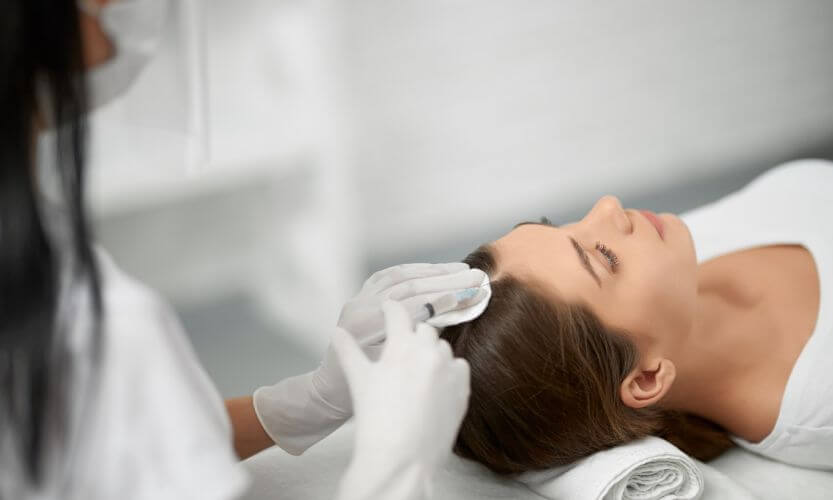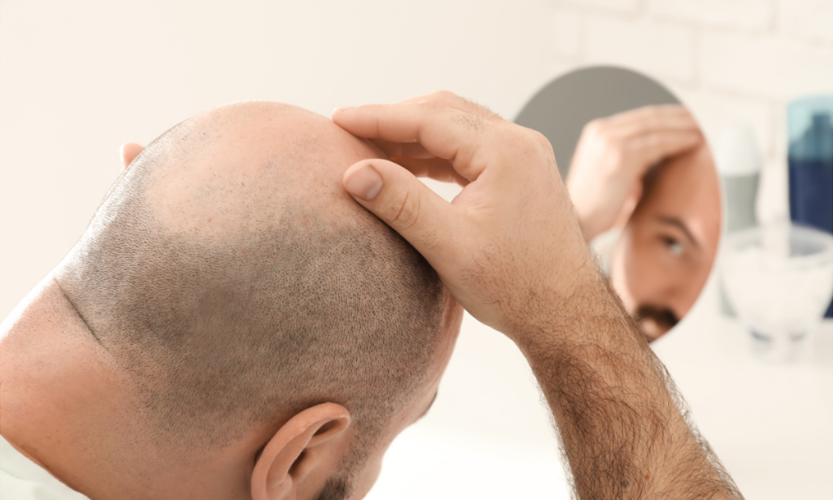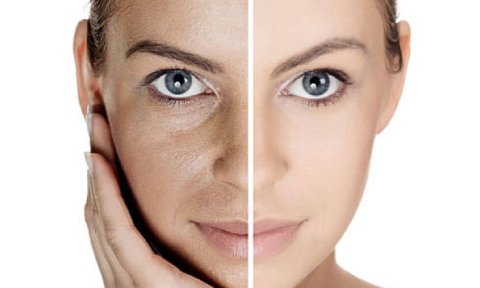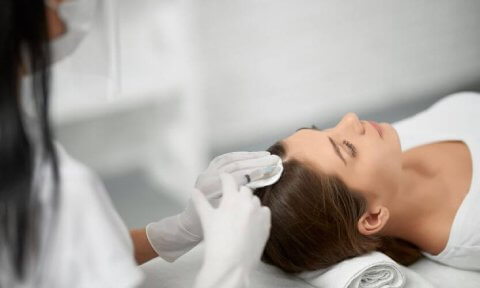Looking to reverse your hair thinning without going under the knife? Wondering whether or not platelet-rich plasma or PRP would be a suitable option for you? Here we will answer the top 5 questions on PRP for hair growth that are at top of your mind:
How Does PRP For Hair Growth Work?
The human blood consists of Red Blood Cells, White Blood Cells, and Platelets. Platelets are cells full of growth factors. Platelets in the PRP will release these more than 1500 protein-based bioactive factors (1) including growth factors, immune system messengers, and factors that participate in wound healing and repair. These elements play a vital role in regenerating scalp tissues. PRP therapy has been shown to improve the blood supply to the hair follicle while inhibiting apoptosis, both these mechanisms prolong the anagen (2) thus promoting hair growth.
Is Platelet-rich Plasma Procedure Safe?
When it comes to safety, PRP procedure has been the topic of medical literature across the globe. Interestingly, it is not only regarded as an innovative method to restore hair growth but is also considered as the safest method in the market for naturally stimulating hair development in any individual.
A realistic and promising solution for those who are grappling with hair thinning and hair loss, PRP is undergoing at an advanced stage of scientific research and subsequent FDA approval.
How is it Performed?
The treatment with PRP for hair growth is a minimally invasive procedure that takes about an hour to complete. When you visit the clinic, the doctor will draw blood and spin it through a centrifuge where the PRP will get separated from the rest of the blood. Next, the doctor will inject the PRP into your scalp so that it stimulates the hair follicles and prolongs their growth phase, and speeds up the conversion of telogen hair into anagen or growth phase.
For the most advanced PRP system and safe reliable results, it was always better for individuals to prefer a cosmetic surgeon. Dr. Prashant at Hair Skin PRP Clinic in Cardiff UK with his 20 years of experience ensures that the clinic has the best PRP producing Cellenis system at his clinic ensuring the best possible hair growth outcomes possible for you.
What is the Science Behind PRP?
Platelet-rich plasma or PRP namely contains platelets that stimulate hair follicles to stimulate hair growth. PRP mainly targets Dermal Papilla, a constituent of the hair follicle. When platelets are utilized to reinforce hair growth within the hair follicles, it encourages healing as well as the re-development of new cell growth.
Besides, it also accelerates the rate and degree of hair regeneration with a quicker conversion of telogen hair (resting hair) into the growth phase. Highly effective in stimulating inactive hair follicles, PRP is an ideal component of hair restoration because it enables them to return to the growth phase.
How Effective is PRP?
Out of all the hair treatments in the UK you’ll find today, PRP for hair growth is regarded as one of the most effective methods. However, it is also crucial to understand the fact that the results are going to vary from person to person and like any other minimally invasive procedure there is never any guarantee of success.
That being said, PRP for hair growth in Cardiff performed by Dr. Prashant at Reforme Medical is an effective non-surgical method that works well on most patients who have been looking to reverse hair thinning and hair loss. Still, confused? You can arrange a consultation with Dr. Prashant to get all your questions answered by booking your appointment at Hair Skin PRP Clinic.



